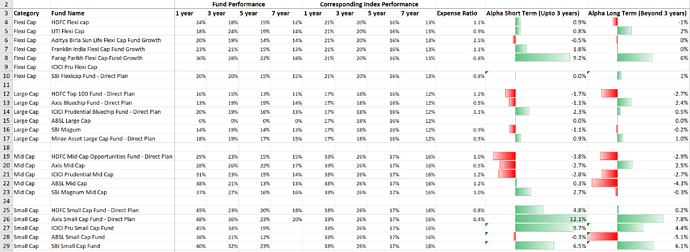People want high returns with no risk. If that does not happen, they would want lower return with no risk. It is hard to take losses than to miss gains. FOMO works when there is no visibility of loss, in rising markets.
For the past couple of years, markets have been rising, so people who are new to the markets, who have no understanding, who had invested directly in stocks without any MF experience, also made money. Liquidity all through, and the network effect came into play, there by the froth.
Indian markets cannot remain high with domestic participants, we aren’t that big, we aren’t the movers. Foreign participation and exodus make the difference. Yes, informed investors take informed decisions, so these buy when markets fall, but uninformed investors will feel the jitters, because even if they know the reasons for the fall, they did not have a plan, they don’t know if they should stay put or sell. So it is possible that they exit and perhaps wait a long time to go in. And I am not sure, all of these will move to MF.
Second is the performance of the schemes of any AMC, if the majority of the AUM is coming from MFs, SIPs or otherwise, and if much of the AUM is garnered from regular funds, whose advisors are also playing an important part of their clients’ financial management, then probably yes, despite the lack of performance, AUM could remain the same, if not increase. But if the participation even in MFs is because of the new, educated generations, who have the time and inclination to create a good financial life, they initially may wait because of their ties with the advisors, but if the funds don’t perform, they can shift to other funds which they know will serve them better.
So the fall may not be just because of the retail direct participation in the market, which may end sooner than later, but because of the rise of other AMCs for different reasons and the options retail investors have today, which are powerful than the brand name. Of course, the changes, the management is making could reflect in the top line and bottom line sooner, then the valuations again will come back, which obviously are known to the market before they happen.
Yes, compared to debt investments, India has low equity participation, but this is a long journey, which is changing too, as new avenues are being opening up to invest.
Just my thoughts and not invested.

 Many banks have been touted as the next HDFC but that hasn’t materialized, atleast not yet (Although I like how ICICI bank is currently doing)
Many banks have been touted as the next HDFC but that hasn’t materialized, atleast not yet (Although I like how ICICI bank is currently doing)
